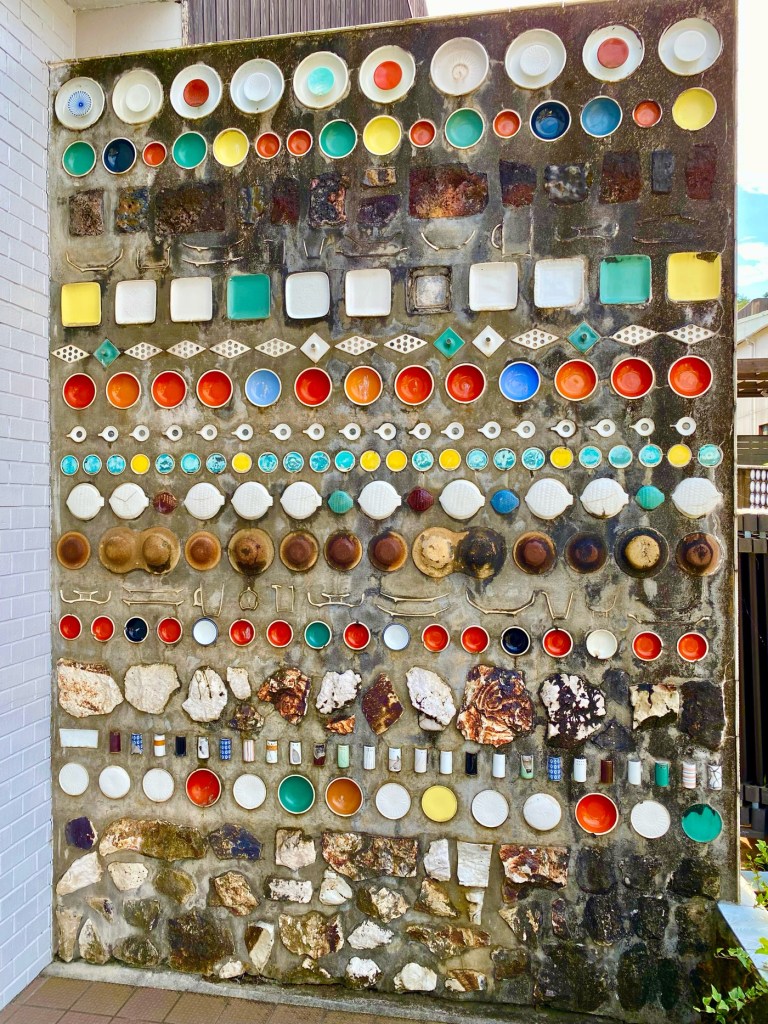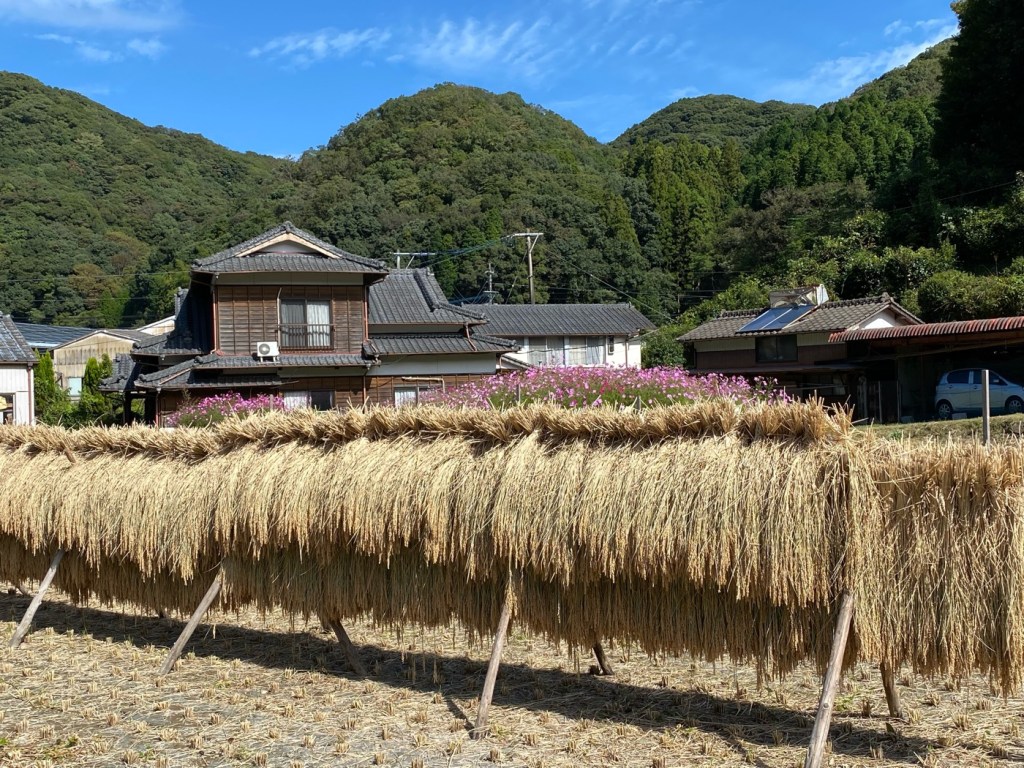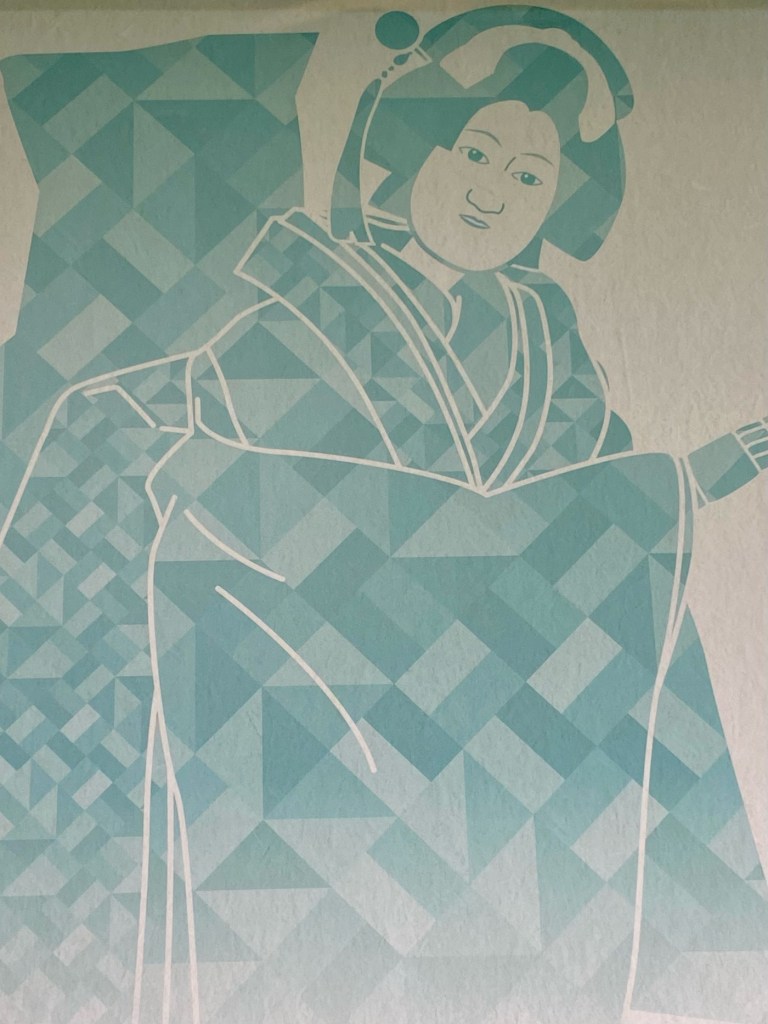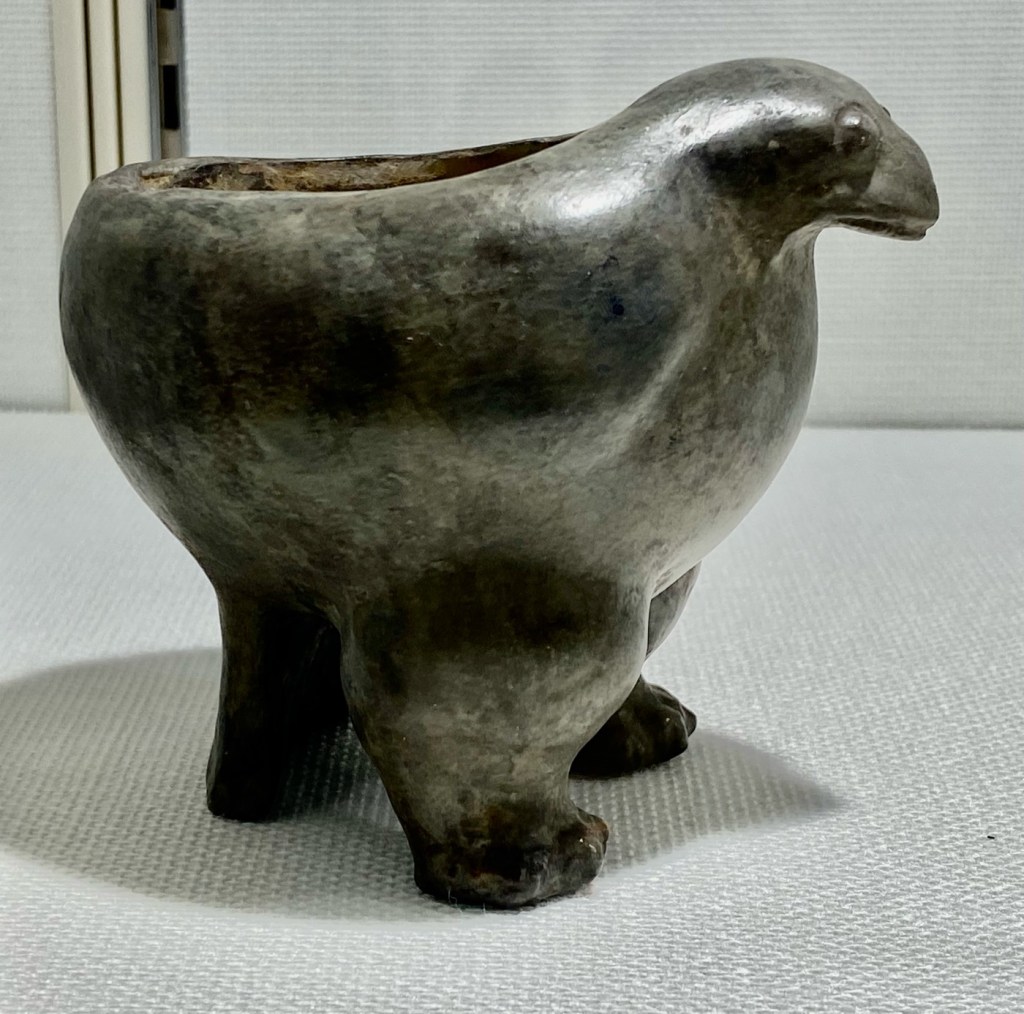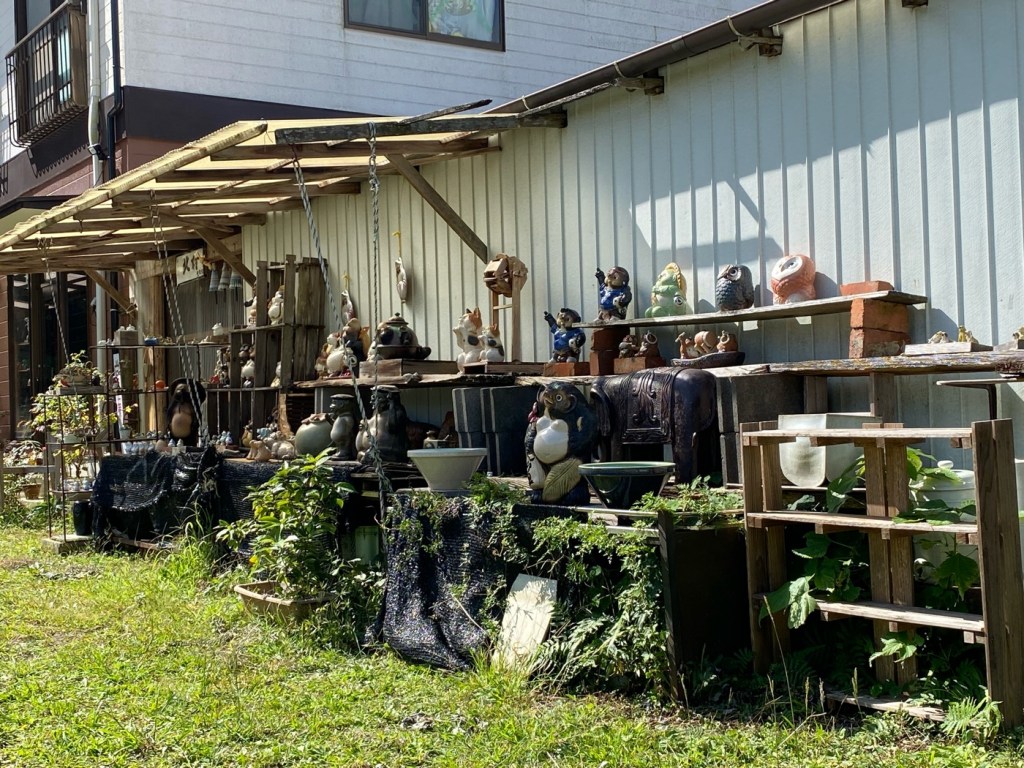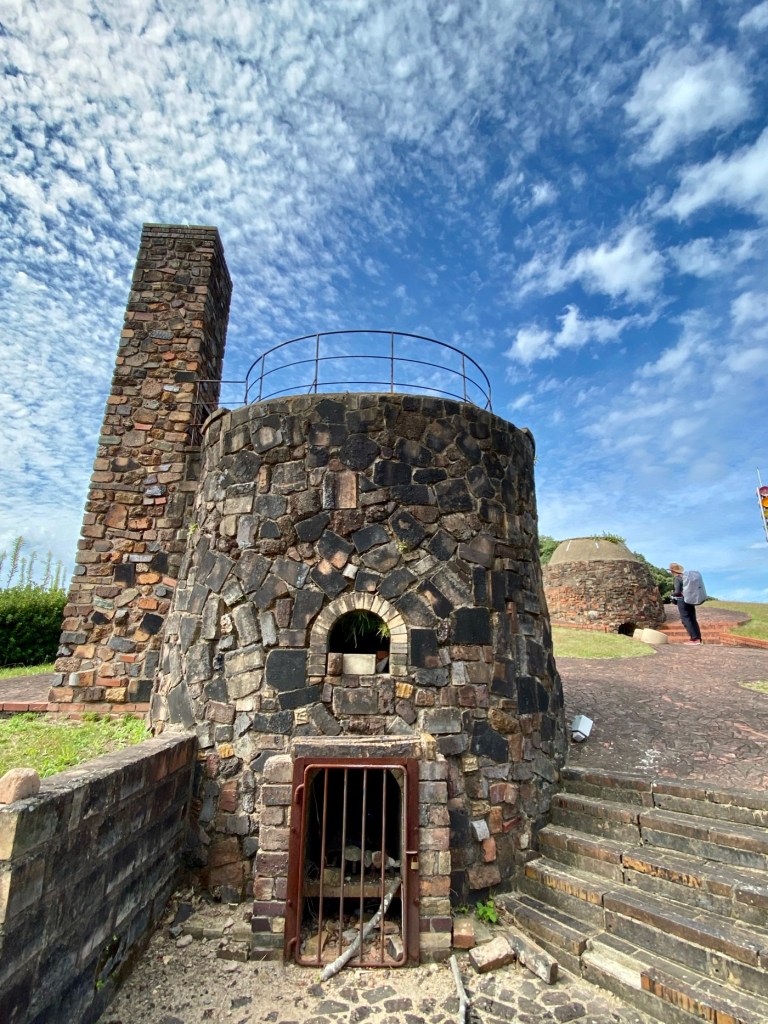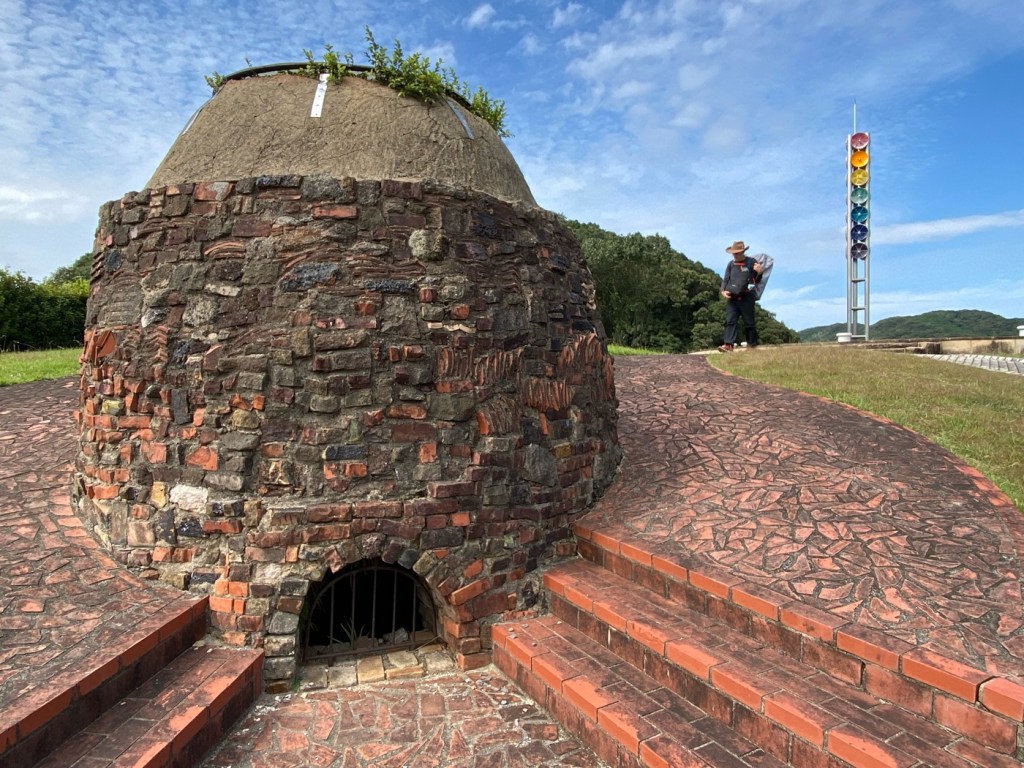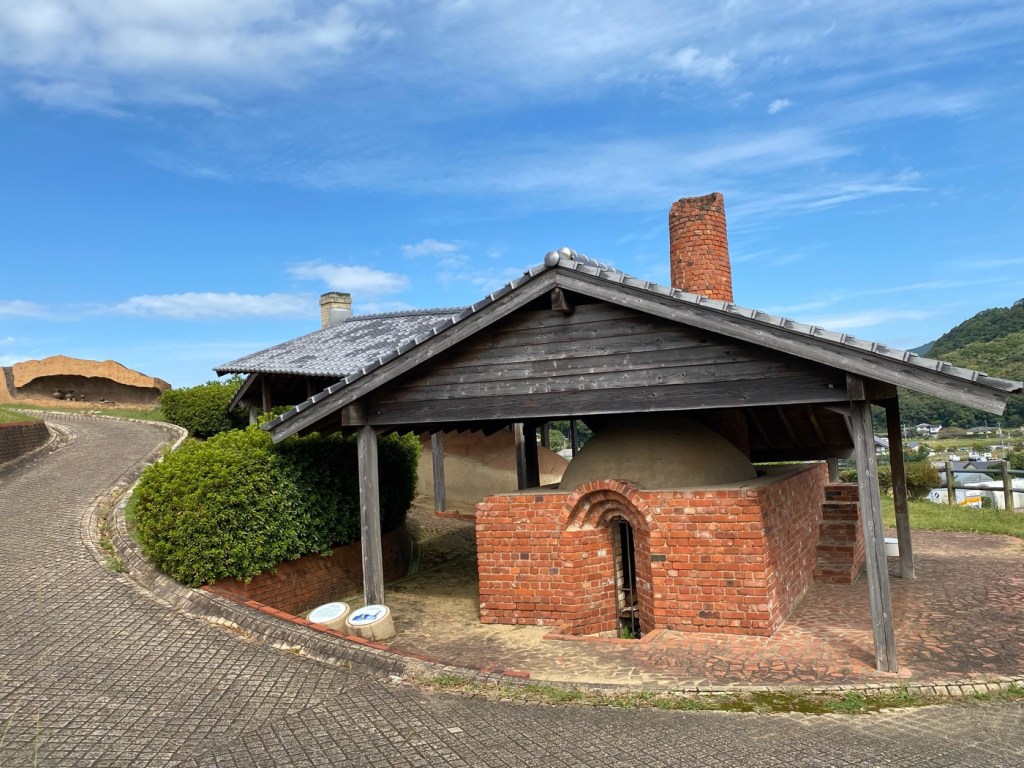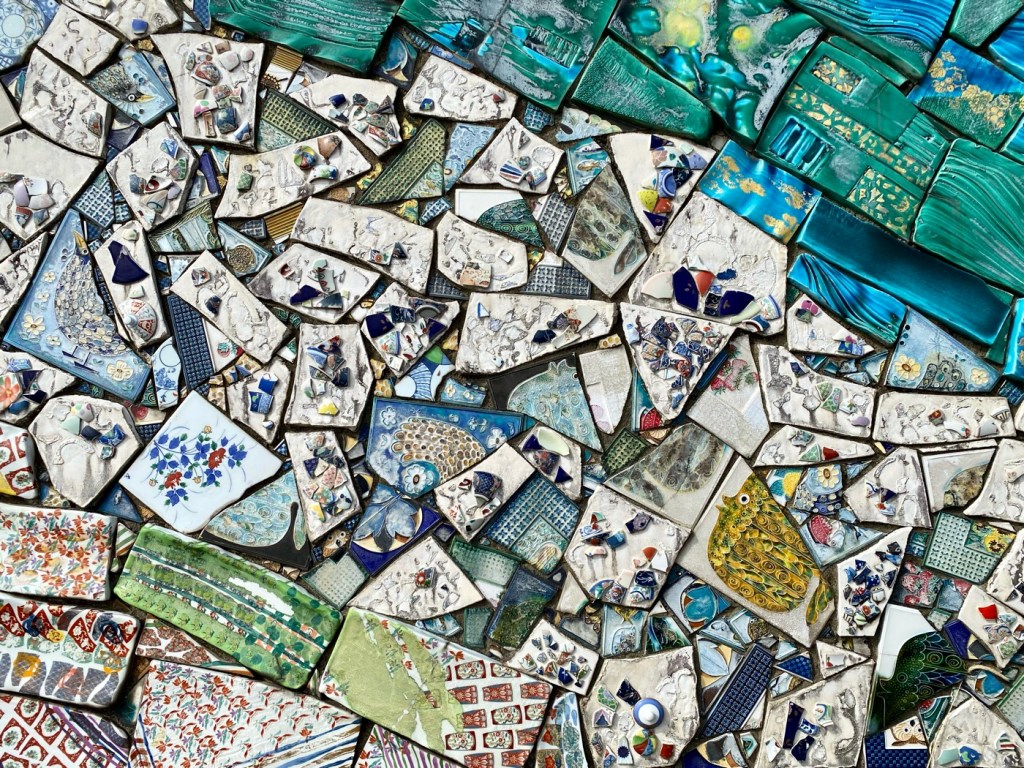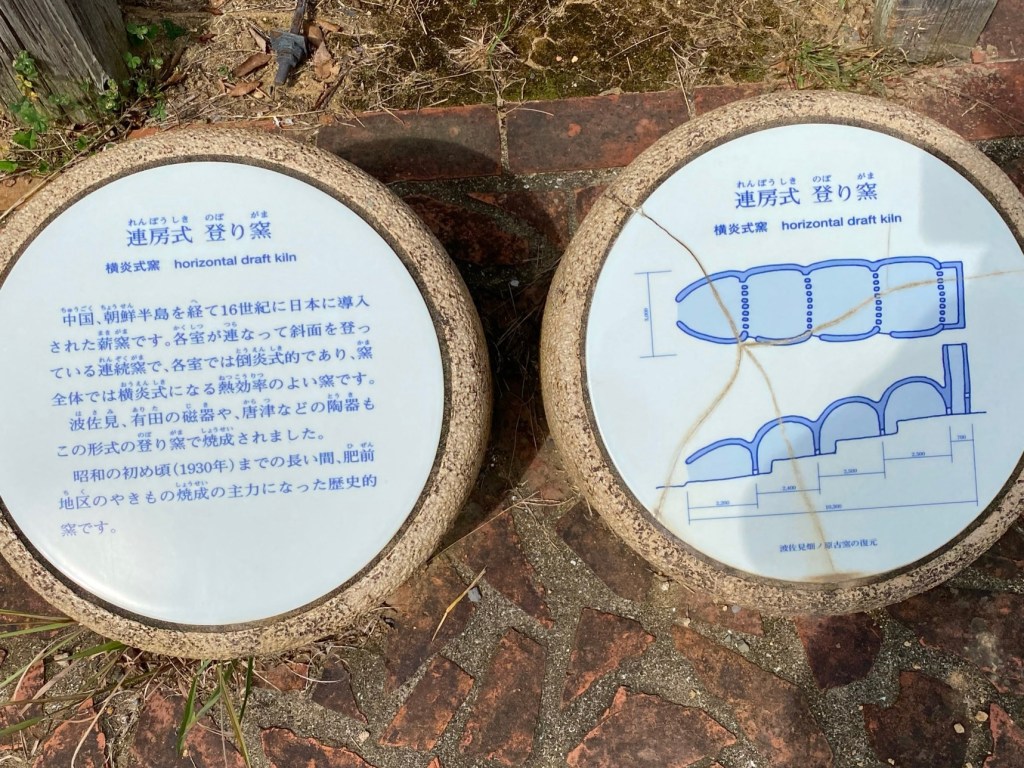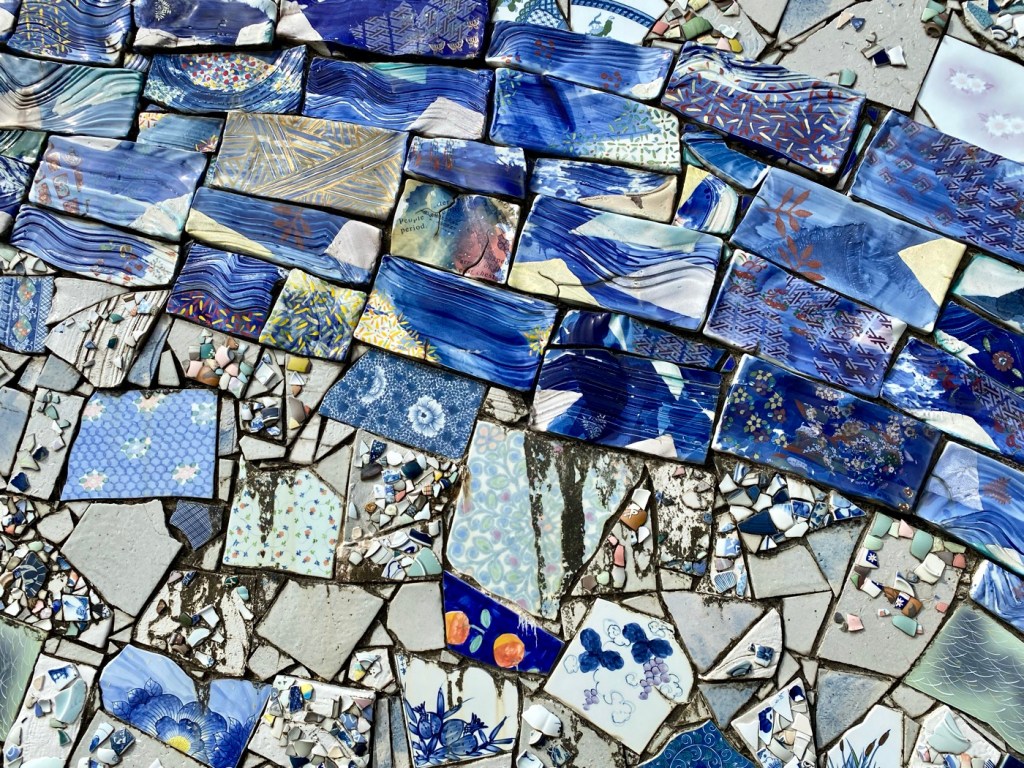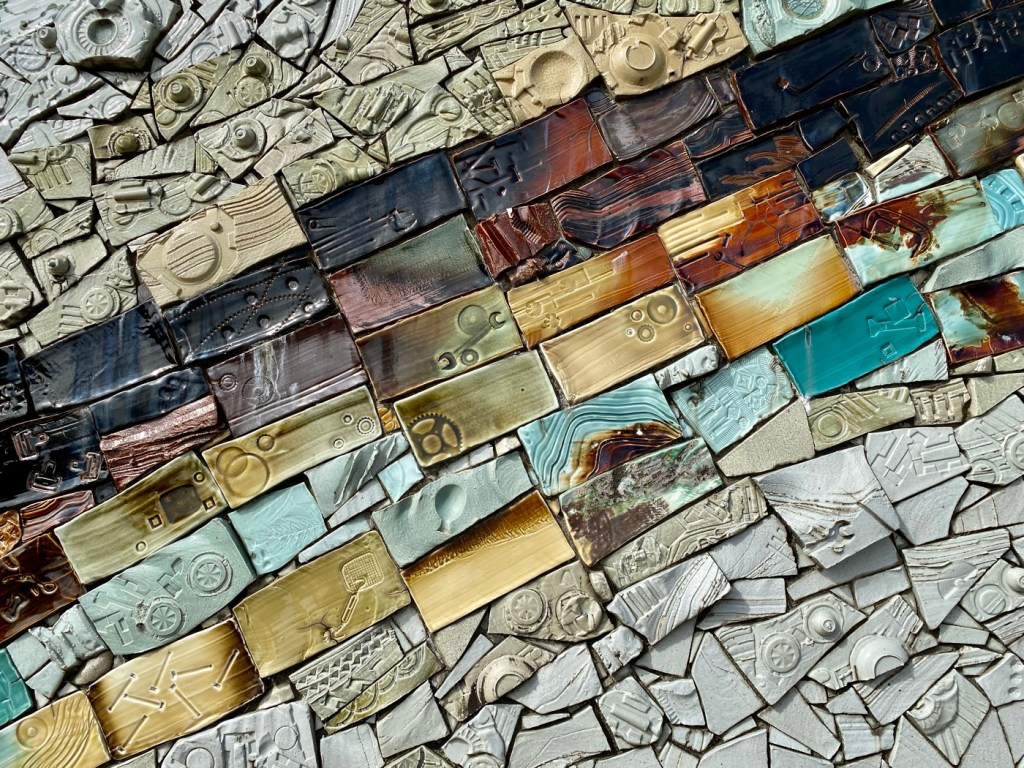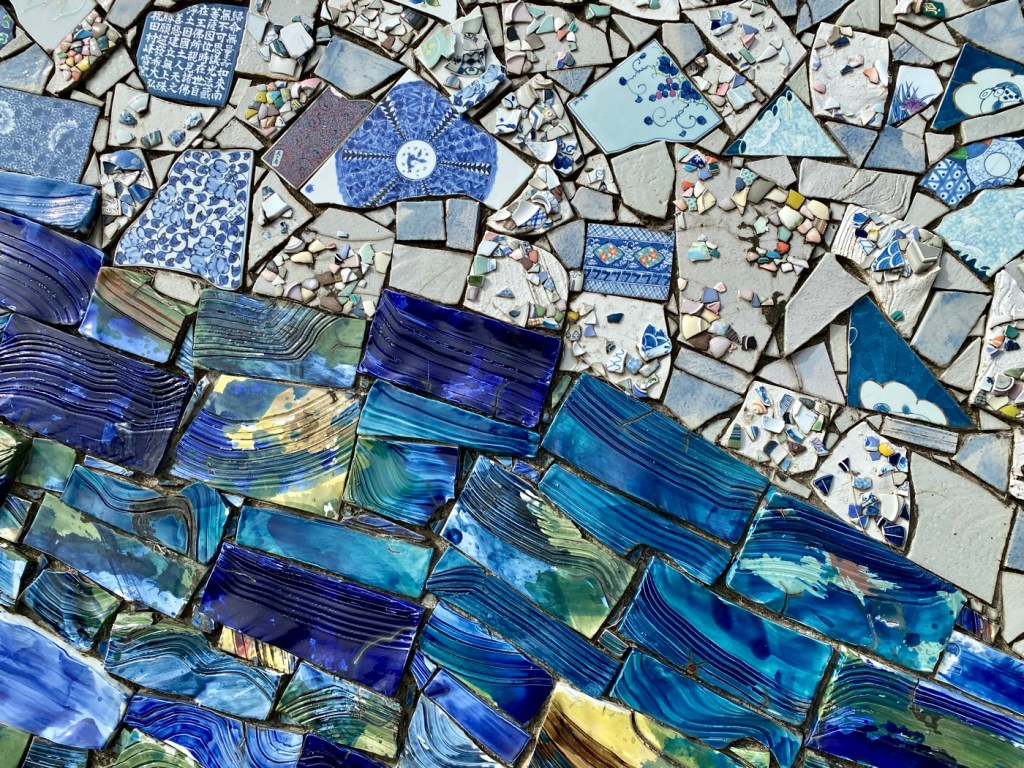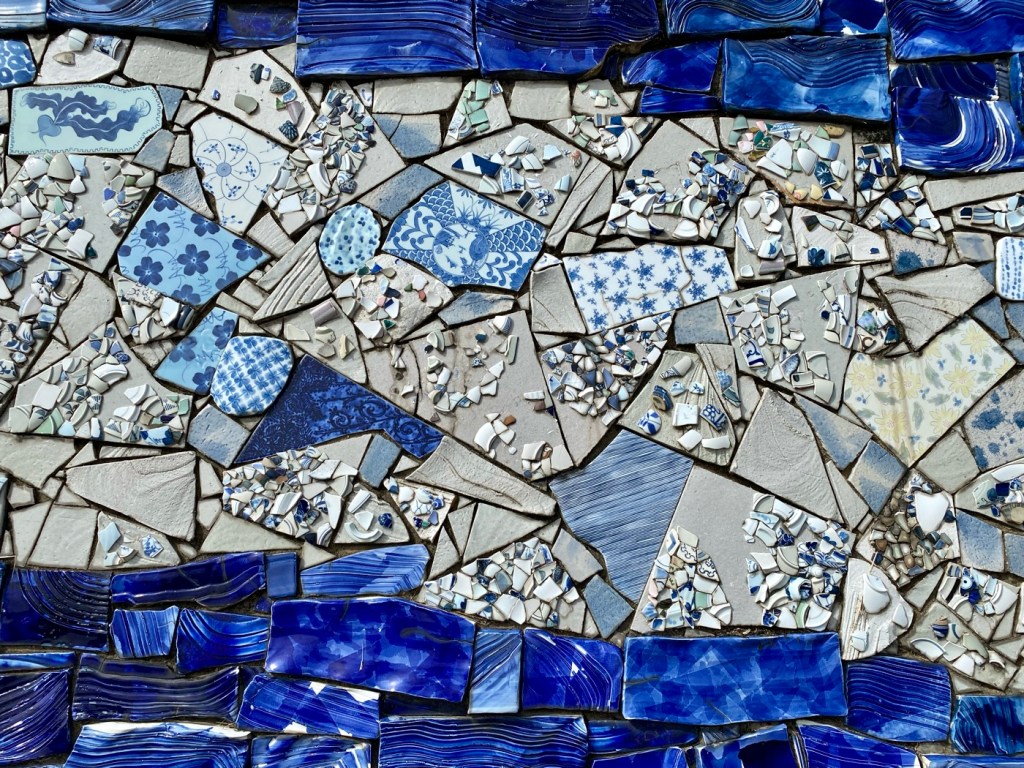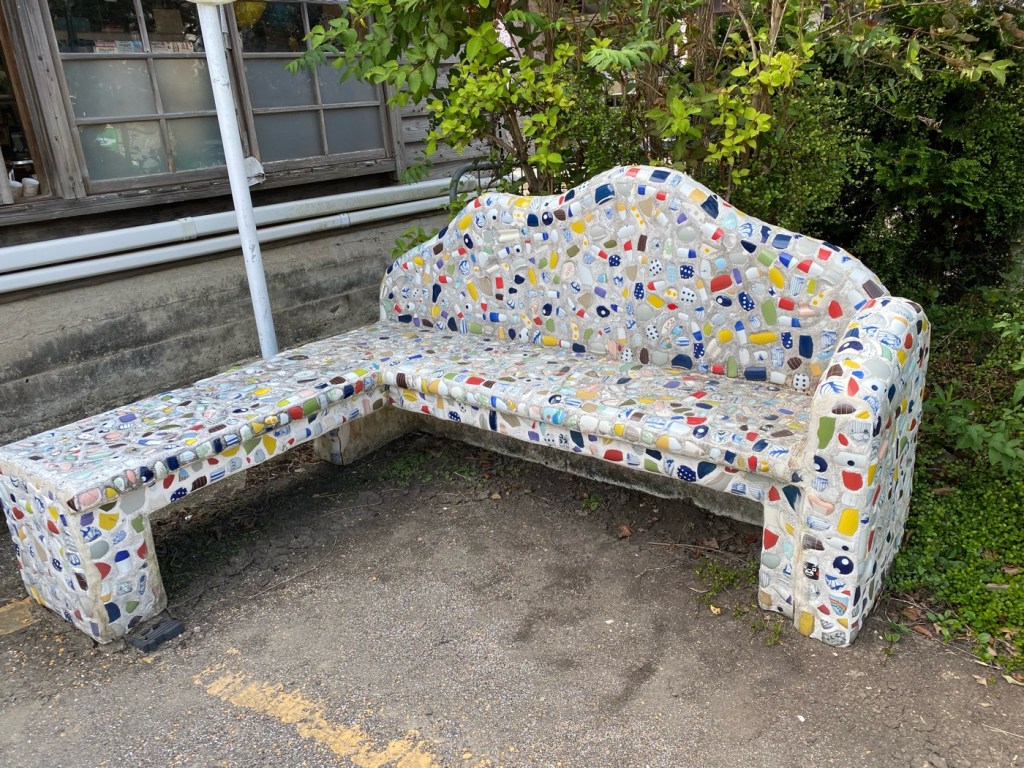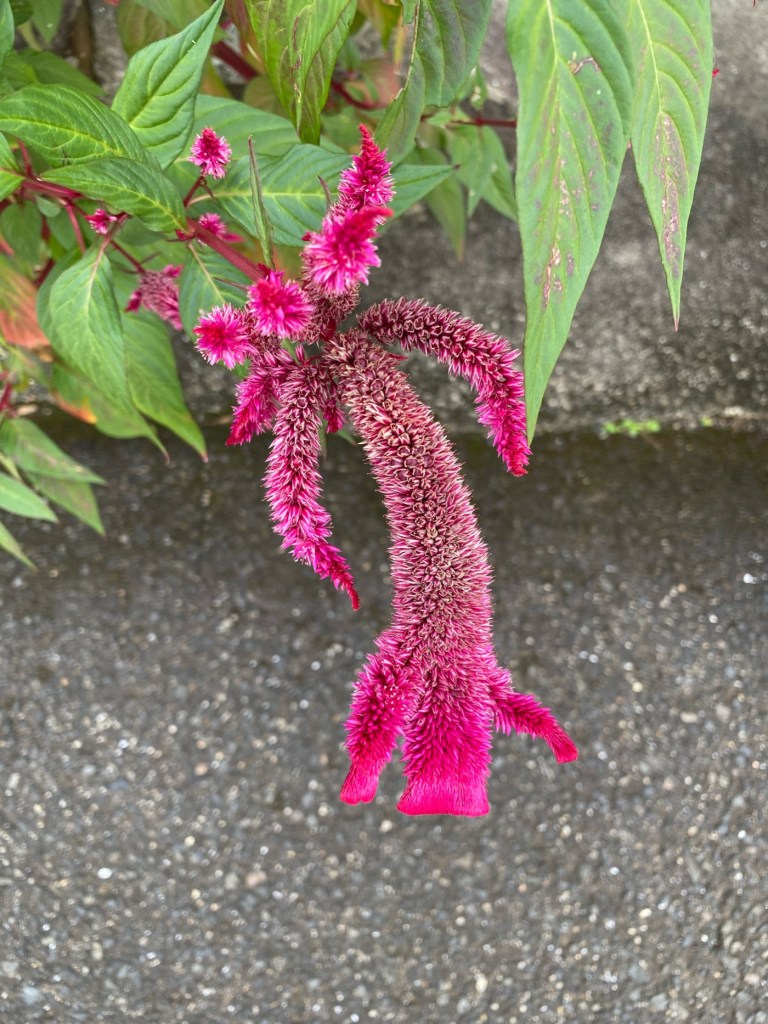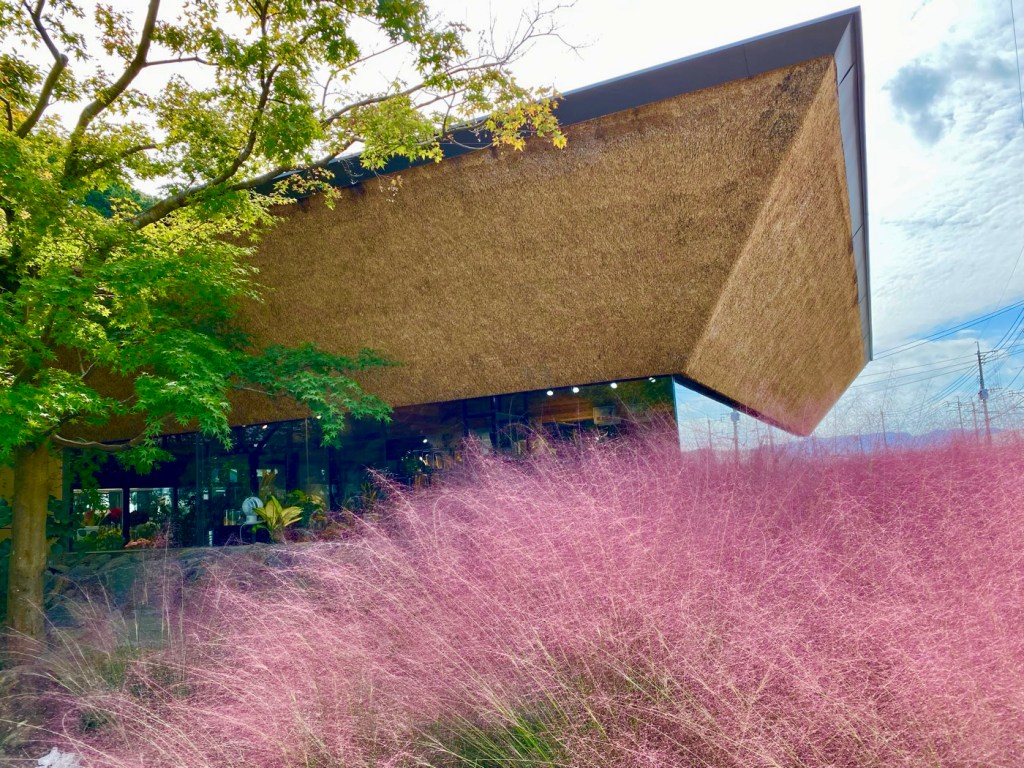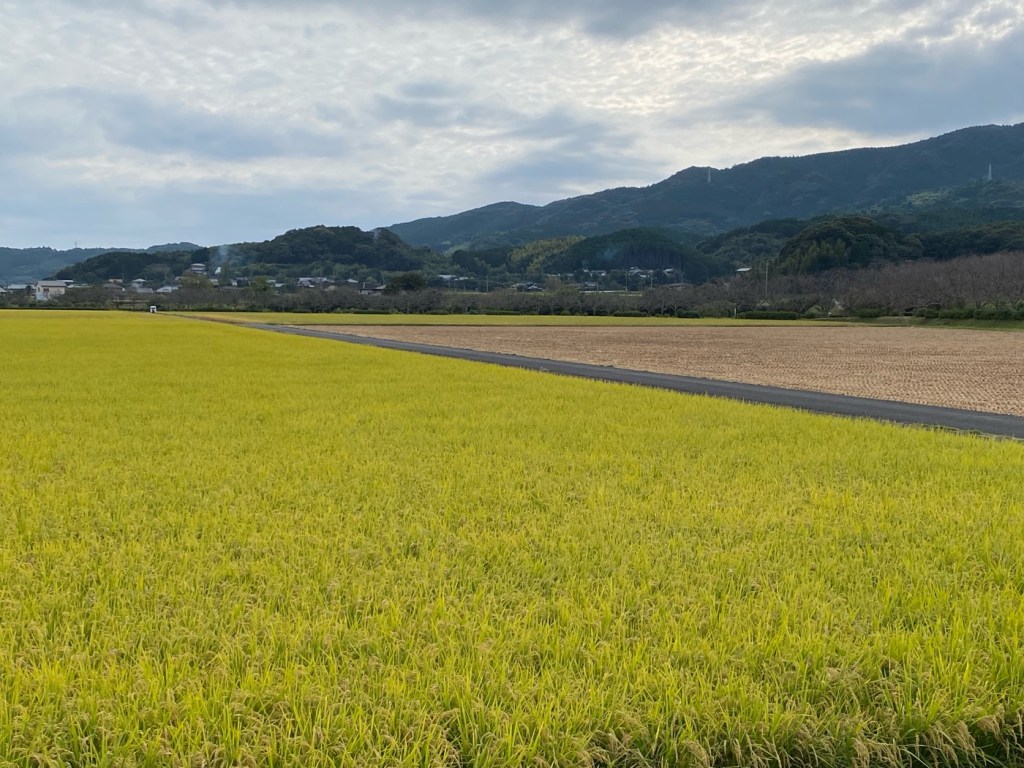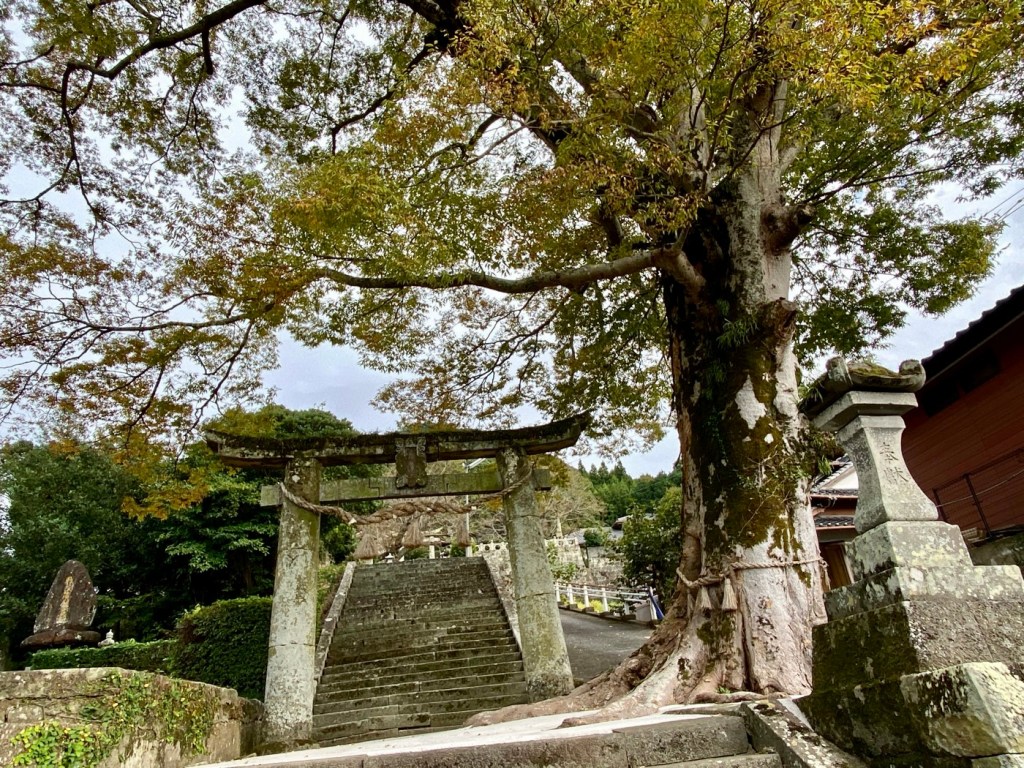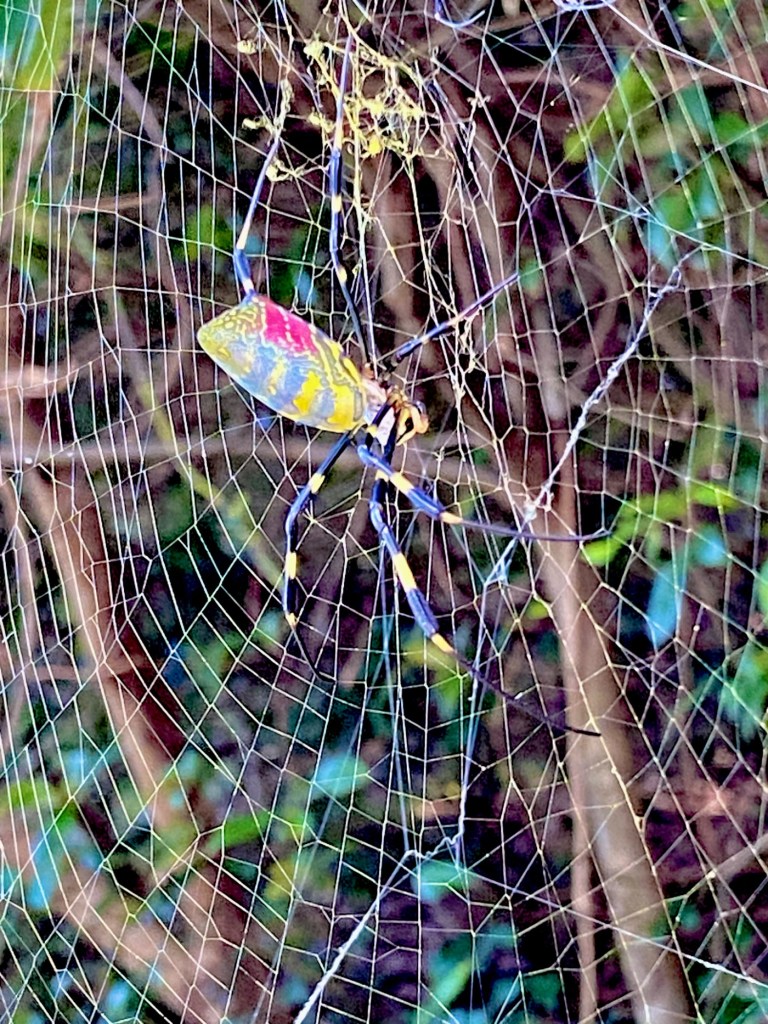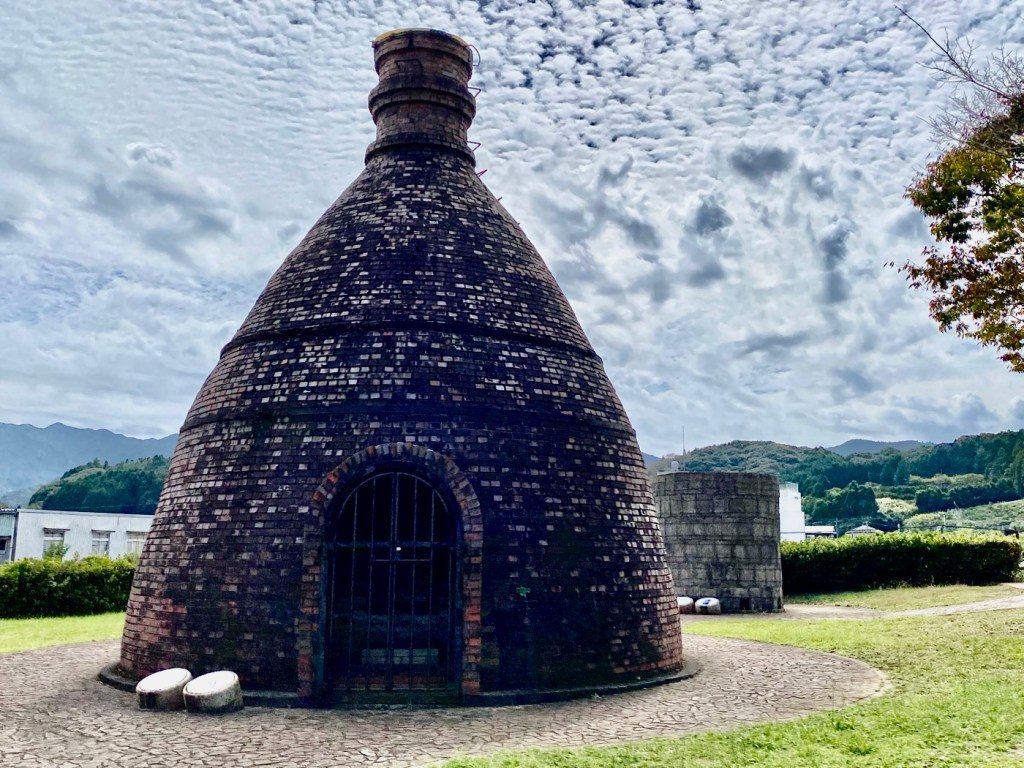Day 19 - Arita To Hasami, The Center Of Porcelain Production In Kyushu, The Kyushu 108 Temple Pilgrimage, Japan
Day 19 - Arita To Hasami, The Center Of Porcelain Production In Kyushu, The Kyushu 108 Temple Pilgrimage, Japan
We had our last breakfast with Wendy and Joseph early in the morning.
They will be going back to Fukuoka, and then flying back to Taiwan the next day, while we wanted to get an early start on a long day of walking to Hasami.
I saw on the map that we would be passing through a pottery town, and that there were a few cool looking cafes and small eateries for lunch along the way, and I wanted to have the time to stop and sightsee.
Wendy and Joseph mentioned that maybe they might join us again in December before the end of our pilgrimage.
We had changed the original direction of our pilgrimage in order to walk with them through some nicer Onsen towns.
Originally we had planned to go east from Fukuoka, towards Kita-Kyushu and head south towards Beppu and to circumnavigate Kyushu in a clockwise circle from there.
It had been fun to enjoy their company and now it was time to strap on our full backpacks and cross mountain passes between Ureshino and Arita, and another one towards the pottery town of Hasami.
The landscape was pleasant and we passed by many small pottery and porcelain workshops.
It was nice to see that most of the shops selling ceramics and the workshops that we passed were all open and producing ceramics.
It warms my heart to see that the long tradition of producing porcelain in this area is not a thing of the past, but is still vibrant today.
As we entered the town of Hasami, we noticed that the streets were paved with a mixture of concrete and tiny pieces of broken, glazed ceramics.
We stopped in the local history museum to learn about ceramics production in this area.
It was also nice to take off our heavy backpack and shoes, and to stretch my toes on the tatami mats, use the bathroom and be in air conditioned rooms.
Pottery production in Hasami started around 400 years ago, sometime between the late Azuchi-Momoyama and early Edo periods.
Initially, Hasami only produced pottery.
Porcelain production started in the early Edo period.
Local availability of Toseki Stone, (a porcelain stone that is one of the raw materials of porcelain,) made Hasami a major producer of this type of ware throughout the Edo period.
Over time, Hasami porcelain ware became popular and more refined and Hasami became a trade route destination.
Hasami Ökan went through Hasami (Okan means "road" or "highway").
Hasami Okan, which connects Arita and Imari in Saga, Haiki in Hirado, and Kawatana in Mura, was something of a "Ceramic Road" serving the pottery trade.
Hasami hosted the post station, and was the region's political and economic center.
The town boasted many inns, shops, and ceramics schools.
Japan during the Meiji era eagerly adopted Western systems and customs in a bid to modernize the country, under the slogan "Bunmei Kaika" ("Civilization and Enlightenment”).
Local government was also reorganized and Hasami became a part of Nagasaki Prefecture, which incorporated Omura Prefecture.
Gold mining in Hasami started during the Meiji and Taisho eras.
The Hasami Gold Mine is believed to have not only driven modernization in Hasami, but also helped the country borrow funds from overseas to finance the Russo-Japanese War.
The day was getting hot as we continued our walk.
We were getting hungry, which normally we can ignore and keep on walking, if we have no places to eat.
But right next to the Hasami-Yakimono Ceramic Park, there was a lovely small restaurant run by a hardworking husband and wife team, who have a great reputation for their food.
We stopped for a delicious lunch and some rest.
Then we toured the ceramic park, which featured the different kinds of kilns used to fire ceramics.
There were horizontal and vertical kilns, kilns that looked like long centipedes and stacked kilns.
Jules, who once ran a school for ceramics in Maine, explained to me a bit about each kind of kiln and its advantages and heat levels.
As it got hotter, we walked slower.
We noticed that at the beginning of the day, before the sun was melting us down, we walked better.
The first ten kilometers of the day felt easy, but now we were pushing along, shuffling and feeling fatigued.
Despite promising ourselves that on this pilgrimage, we would not stop for coffee and cheese cake like we often did in past pilgrimages, when we saw by late afternoon that the only cafe was a bakery selling coffee and cakes, we stopped in for a rest.
I drank hot cocoa and both of us had a small cake.
All the promises we had made to ourselves were out the window, when our legs were throbbing and we needed to unload our heavy backpacks.
Finally we got to Temple #66, Mt. Kamei Tozenji (Kamei-san, Tozenji).
It is an ancient temple, built by Gyoki Bosatsu in the Nara period, in the year 711.
Not many temples in Japan were built before Kukai Kobo Daishi returned from China in the year 805 to spread Buddhism in Japan.
This is one of the older temples predating Kukai.
The principal image is of the Buddha of healing Yakushi Nyorai.
Legend tells that during the Sengoku period, the temple burned down, and the statue flew out of the burning building to save itself.
The temple is located on the slopes of a mountain.
The grounds of the temple are lush and lovely.
At the back of the main hall, a gently-shaped rock wall is covered in moss.
The name of the rock is Kame-ishi and a natural spring of clear water was gushing from the rock.
It was said that the name Mt. Kamei originated from this ancient rock.
People came here for ages, to empty their minds with the aid of the green scenery, and enjoy the power of nature.
In the middle of the Edo period, poets came here to write haiku poetry.
Disciples built a haiku monument to Basho, who came here and wrote:
“A stork's nest can be seen among flowers through the leaves.”
The gentle priest complimented our chanting and gave us bottles of green tea and some packets of tissues with Haiku written on them.
We thanked him and continued walking.
Finally we entered Nagasaki prefecture.
I had no idea that Hasami spread across such a large area.
We arrived at our hotel in Hasami, which is located in a nice rural place by the river and the area’s hot springs.
Those who stay in the hotel get free entry tickets to the Onsen hot springs next door.
It is an awesome Onsen, with local friendly women and a good pizza restaurant where a lovely man baked us a pizza in a wood burning oven.
We did our laundry and I spent some time making plans for tomorrow’s route.
Wishing you many blessings and sending you love,
Tali
Stats: 27,746 steps
Today’s walk: 18.5 km
Kilometers walked to date: 336
Temples visited:
T#66 Tozenji in Hasami


